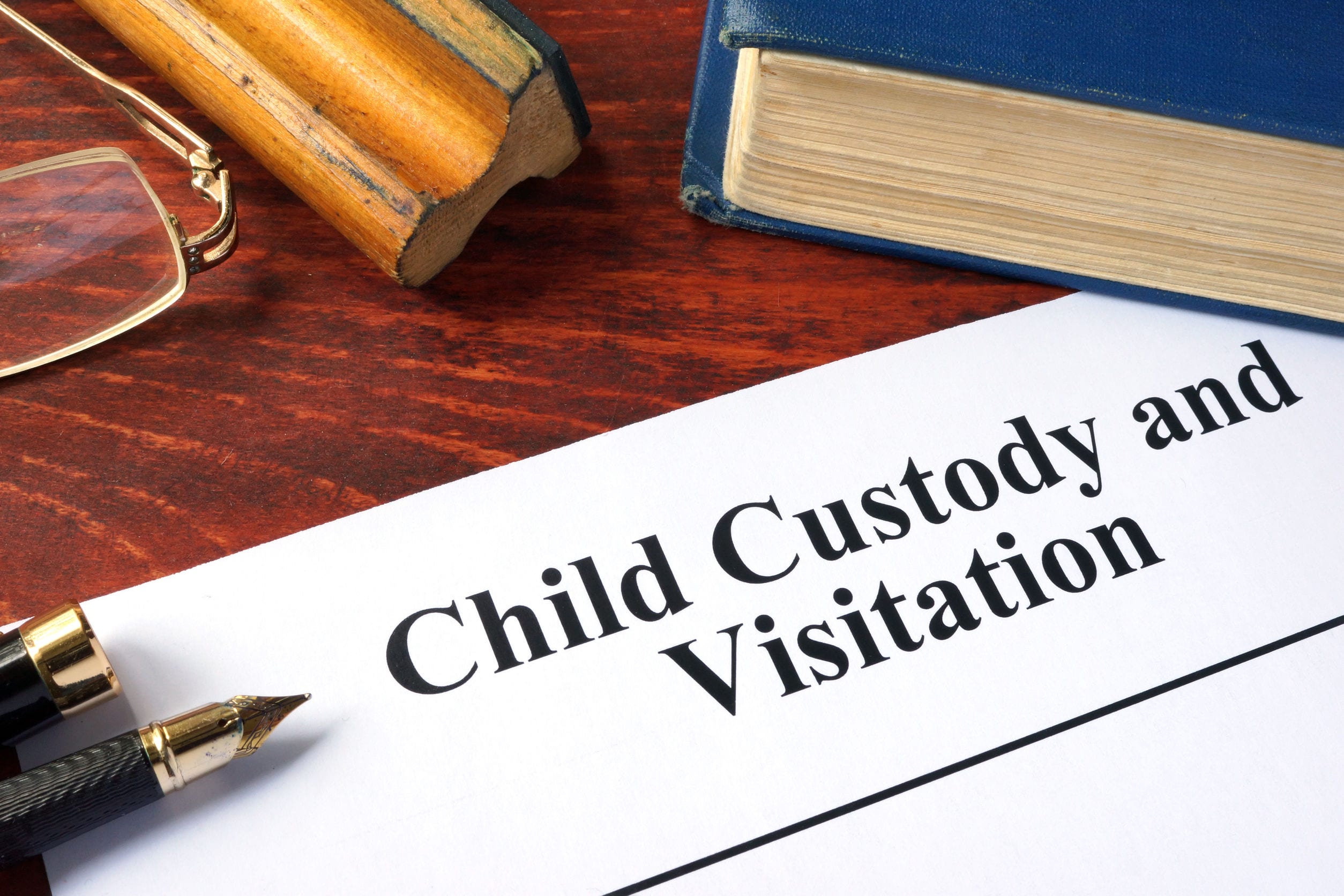Sometimes It’s Necessary to Change Your MN Child Custody Agreement
Child custody arrangements in Minnesota can be difficult to navigate, but only because they are complex matters with a lot of requirements through the courts.
Even if your child custody arrangement was designed amicably, making changes is a process where you may want to get a lawyer involved.
Learn more below about child custody agreements in Minnesota after a divorce or separation and how you can go about getting yours changed if you need to.
Modifying a Child Custody Agreement
It’s just a fact of life that circumstances change. What worked a few months ago may not work now when it comes to child custody. The courts understand this and that’s why they make it possible to change child custody agreements – but there is a process to follow.
Above all, the court wants any environment for a child to be stable. Due to this, the law monitors the changes in child custody agreements and has rules that must be adhered to. The most common reasons for changing a child custody agreement include:
Relocation
If one parent moves, then the court may consider this a good reason to change the custody agreement. This is especially true if the move places a burden on the parent that doesn’t have custody and makes it difficult to keep the current arrangement working. The court also considers if the relocation would have a significant positive or negative impact on the life of the child in some way.
Needs of the Child
Children grow and change – and their needs change right along with them. What worked for a toddler or baby may not work for an older school-aged child. If it can be demonstrated to the court that the needs of a child have changed, then you may have grounds to modify the custody agreement.
Changes in the Parent’s Situation
Just as with kids, parents change too. Though their changes tend to be more in line with things such as losing a job or overcoming substance abuse to now be in the life of a child. If they can demonstrate to the court that the circumstances have changed for either the good or the bad, then a custody arrangement can be modified.
Whatever your reason, discuss your need for changes to a custody agreement with your attorney, and figure out the best path forward. In the meantime, we’ve outlined the basic process for having a Minnesota custody agreement changed.
How to Have a Custody Agreement Changed

Normally, any changes cannot take place to a custody agreement until one year has passed. A court can waive this requirement in certain circumstances, but if they grant the motion then you cannot ask for another modification until two years have passed.
In a nutshell, there are two steps to take once the time requirement has been met: working with your child’s other parent on a new agreement and filing the proper documents with the court. An experienced family law attorney can help you with both.
Working with a Co-Parent
The very first thing you should do is approach the other parent to make changes. There’s no rule that custody changes have to take place in front of a court with your lawyer present. If both you and the other parent agree, then you can change a custody order by filing a modification with the court. If you cannot come to an agreement with the other parent, then the court must get involved.
Filing the Proper Petition
If you’re seeking changes, then you should file a petition with the court to change the order. Determine with your lawyer what changes you want before you file. After this, you’ll see the judge in court to plead your case and they’ll decide what is in the best interest of the child.
About the Author:
A former Assistant Public Defender for the Sixth Judicial District in Duluth and former staff attorney for the Indian Legal Assistance Program, Brent R. Olson is an experienced trial lawyer who has appeared in every Courthouse in the Sixth Judicial District and taken over three dozen cases to verdict. At LaCourse, Poole & Envall, Mr. Envall focuses on family law, workers’ compensation, and criminal defense. He has a strong belief in restorative justice and helped to develop the Domestic Violence Restorative Circles program.
















